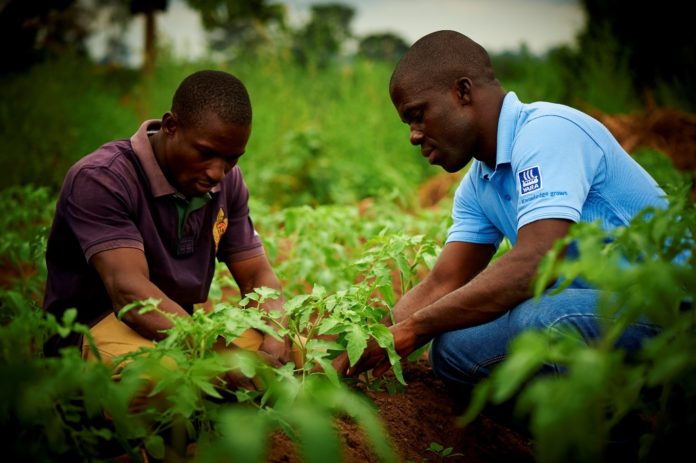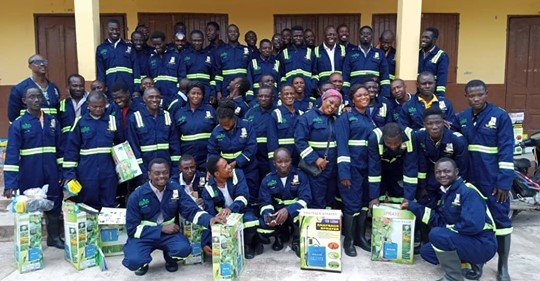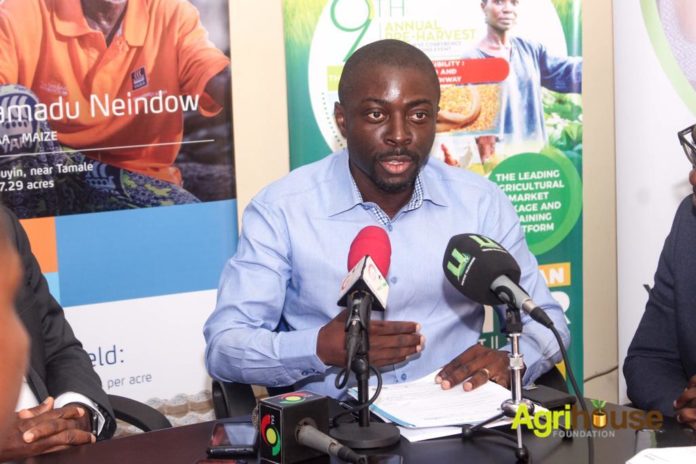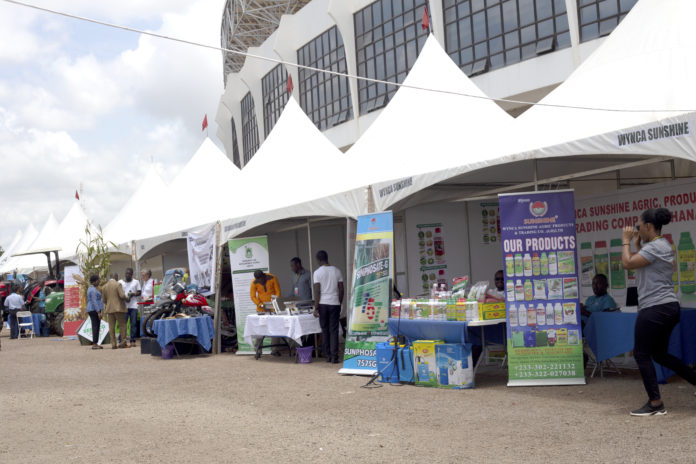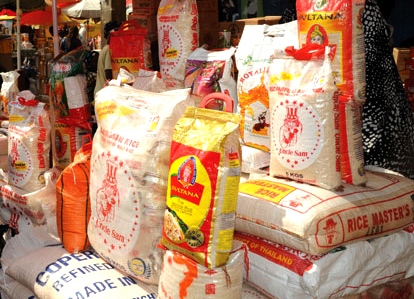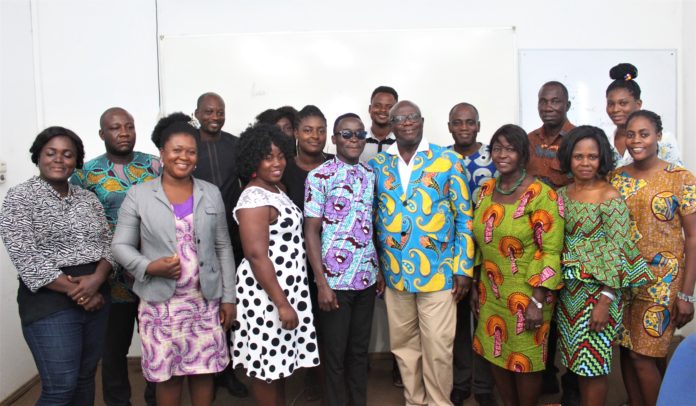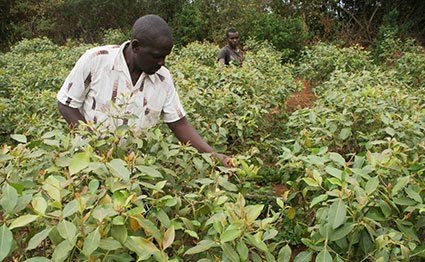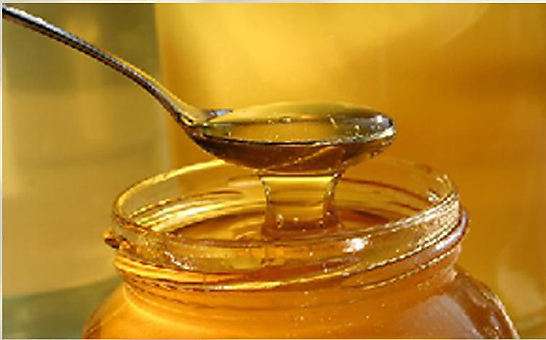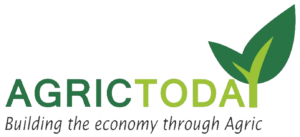Sometime in late 2018, a study was conducted by the Northern Ghana Governance Activity (NGGA) to assess the implementation of the Planting for Food and Jobs Programme (PFJ) after one year of it take off.
Esoko Provides Technical Support on YEA Maize Cultivation Project.
The Youth Employment Agency (YEA Ghana) was established to empower young people to contribute meaningfully to the socio-economic and sustainable development of the nation.
Chamber of Agribusiness Ghana Signs MOU with AFAP to Promote Sustainable Growth of Ghana’s Agriculture Sector.
The Chamber of Agribusiness Ghana signed MOU with African Fertilizer and Agribusiness Partnership (AFAP) to collaborate on development activities to strengthen SMEs and promote sustainable growth of Ghana’s agriculture sector at AFAP regional office in West Legon, Accra.
Yara Ghana to Introduce New Foliar Fertilizer at the 2019 Pre-Harvest Event.
Yara Ghana, a leading player in the fertilizer industry in Ghana, has announced that it plans to outdoor a new foliar fertilizer product at the forthcoming 2019 edition of the Pre-harvest Annual Exhibitions and Conference to take place on September 25th to 27th at the Aliu Mahama Sports Stadium, Tamale in the Northern Region.
The 9th Annual Pre-harvest Conference and Exhibition event billed for Tamale.
The success of any agricultural transformation relies on how well scores of smallholders and small- and medium-size enterprises can be helped to change farming practices as quickly and as effectively as possible. The critical enabler, without whom an agricultural transformation is likely to fail, is a frontline “change agent” that helps farmers modify their practices. Change agents are people who farmers trust and interact with regularly.
ALL SET FOR THE 9th ANNUAL PRE-HARVEST AGRIBUSINESS EXHIBITION AND CONFERENCE IN TAMALE.
Agrihouse Foundation in partnership with USAID ADVANCE, Ministry of Food and Agriculture and other major stakeholders in the agriculture value chain is set to organize the 9th Annual Pre-harvest Agribusiness Exhibition and Conference in Tamale on the theme “Market accessibility: The Structure and Sustainable Pathway”.
Ghana to Stop Importing Rice by 2023.
The government has assured that Ghana by 2023 would stop importing rice from other countries, the deputy minister of Food and Agriculture in charge of tree Crops Hon. George Boahen Oduro alluded.
Chamber of Agribusiness Partners Mdpi to Train Smes on Score Program.
The Ghana Chamber of Agribusiness in partnership with Management Development and Productivity Institute (MDPI) has organized a two day intensive training for small and medium enterprises on the SCORE program.
‘Green Gold’: Kenyan Farmers Abandon Food Crops to Grow Herbal Stimulant.
Muguka is fast-growing making it less vulnerable to large swings in weather conditions.
A growing number of farmers in Embu County are abandoning traditional crops like maize and rice for the more lucrative muguka.
Muguka is fast-growing, making it less vulnerable to large swings in weather conditions, and uses about half as much water as maize.
Yet, even with all the risks attached to muguka, many Kenyan farmers are hoping it will save their livelihoods.
At this time of year, Albert Njeru’s farm would usually be blanketed with shoulder-high rows of maize. But not anymore.
Now the fields of grain are gone, replaced by 2 acres of bushy green muguka leaves, a potent legal stimulant that relieves fatigue.
“Muguka gives me a lot of money. Farming maize or beans used to give me losses,” said the 45-year-old farmer at his home in Kanyuambora, a village in central Kenya.
As drought and erratic weather wreak havoc across rural Kenya, a growing number of farmers are abandoning traditional crops like maize and rice for the more lucrative muguka.
Njeru can make Ksh30,000 Kenyan shillings ($300) in just one week selling muguka – five times more than he used to make selling maize or beans.
“It is green gold,” he said.
A variety of khat, which produces a mild high when chewed, muguka is fast-growing, making it less vulnerable to large swings in weather conditions, and uses about half as much water as maize, Njeru explained.
The strain grown in Embu County, home to Njeru’s farm, is strong and so consumers can buy less than with the other popular variety, miraa, which is grown further north in Meru.
That is good news for muguka producers like Njeru, who said he was struggling to cultivate enough to keep up with demand.
Food crop shortage
But it is bad news for food supplies, said agriculture experts and local politicians, who warned of a potential food crop shortage as farmers clear their fields of staples to make way for muguka.
“Farmers are not interested in growing maize anymore. They want money in their pockets. Muguka is giving them that and a lot more, since they can use the profits to buy more nutritious food,” said Martin Mwangi, a member of Embu County’s assembly.
“But the long-term consequences could lead to food insecurity due to reduced production.”
He pointed to neighbouring Kirinyaga County, where farmers are known for growing Kenya’s highest-quality rice.
“Water used for irrigating rice is now being diverted into muguka fields,” he cautioned.
Drugs or food?
There is no official record of how many farmers have switched from growing food crops to muguka, said Mwangi.
Nor is there data on how much land is being used for muguka, according to Kenya’s Agriculture and Food Authority (AFA).
But Francis Kimori, chairman of the Mbeere Muguka Farmers Sacco, a savings and credit cooperative, estimated four out of every five households around the Mount Kenya region, including in Embu County, are farming the stimulant in some quantity.
Many have upgraded from mud huts to modern stone houses, he told the Thomson Reuters Foundation.“It is changing livelihoods,” he added.
Factors like failing rains and new pests, linked to climate change, have likely played a role in muguka’s popularity at the expense of time-honoured crops such as maize, said Dickson Kibata, a technical officer at the AFA.
Yet despite the extra income muguka brings, Kibata warned against relying solely on the narcotic plant.
“Cash-crop farming cannot be the silver bullet that will pull farmers out of poverty, because consumption patterns keep changing,” he said by phone.
“My advice to muguka farmers is to mix it with food crop farming to ensure the family food basket is secure, even as they look for money.”
Forest warning
Environmentalists and lawmakers have also voiced concerns over the impact of the stimulant cultivation boom on forests.
Every few months, the Atiriri Bururi ma Chuka community conservation group in Tharaka Nithi County reports several locals illegally growing an edible form of cannabis known as bhang in local forests, said its chairman Ngai M’Uboro.
He expects it is only a matter of time before he and his colleagues start uncovering muguka farming in the area.
“If the forest is already suffering because of grazing and bhang, it will not be long before we see muguka growing in the forest,” he said.
Muguka’s potency is also making the authorities uncomfortable. In 2018, legislators in Mombasa and Kwale counties lobbied unsuccessfully for a sales and consumption ban on muguka over fears of addiction among young people.
The National Authority for the Campaign Against Alcohol and Drug Abuse supported the move, citing social and health worries.
“Muguka is worse than hard drugs because of its highly addictive nature. It is ruining homes, the country’s youth and should be banned,” said Victor Okioma, its chief executive.
Supermarket shelves?
Yet, even with all the risks attached to muguka, many Kenyan farmers are hoping it will save their livelihoods.
Along a 300-km stretch of cropland from the edges of the capital Nairobi to the lowlands opening into northern Kenya, maize farmers have been struggling with drought.
Purity Muthoni, 32, a farmer from Kiriani village in central Kenya, said she would not hesitate to switch to muguka if she could. But the weather and soils where she lives, some 150 km from Njeru, are not suitable for growing the plant, she said.
Noting the risks of depending on one crop as a source of income, the Embu County government last year said it would start distributing macadamia and avocado seeds to farmers to help them diversify their cash crops.
But Njeru is not convinced any other crop can earn him the same returns he gets from muguka.
If local leaders really wanted to help farmers, he said, they should find ways to add value to the plant by enhancing their access to industrial processing and retail opportunities.
“I will be very happy the day I see packaged muguka being sold in supermarkets as a quality-assured product,” he said.
Can You Easily Determine if the Honey You are Consuming is Real?
Most honey consumers and producers find it difficult to tell whether the honey consumed at a particular time is original or adulterated even when samples of adulterated honey are subjected to tasting by the most experienced beekeepers!
The risk of consuming adulterated Honey is Induce Obesity, Increase Blood Glucose Level and Demonstrate Toxicity Effects says Dr Courage Besah-Adanu of the Agrifood Value Innovations and Marketing Society, Ghana (AGRIVIMS).
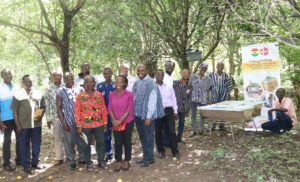
This was revealed during a training workshop for selected honey producers from five Districts of the Volta Region, including representatives of the Ghana Beekeepers Association, sponsored by the Danida Fellowship Centre and the Ministry of Foreign Affairs of Denmark, in collaboration of AGRIVIMS and the Ghana chapter of the Danida Alumni Network, (DAN-G), where these artisanal Honey producers were equipped with skills on how to produce pure honey within global standards.
During the training at the Evangelical Presbyterian Research Centre in Ho, participants were taken through the following topics:
• Honey Production systems and how each activity finally affected the quality of honey. Here each of the global honey standard parameters under consideration were discussed. These parameters are water (moisture) content, Hydroxymethylfurfural (HMF), pH, diastase activity, free acidity and electrical conductivity and their significance for quality assurance.
• Current Challenges in the Honey Production Sector and Proposed Solution. The key challenges among them are modern technologies in the honey sector, lack of good markets, processing and packaging challenges as well as lack of policy direction.
• Honey Production as a Business. The participants were taking through reorientation process to change their passive way of honey production in the sector, rather focus on developing the sector as a viable business venture.
• The advantages of belonging to an association as opposed to being an individual beekeeper in terms of producton and marketing of hive products.
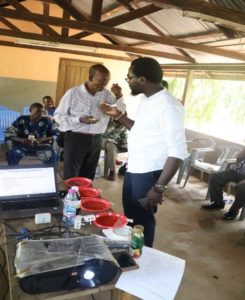
Honey Adulteration Experiment
• At this stage participants were taken through some experiments on how to identify an adulterated honey through tasting. Samples were prepared and labelled.
• Sample A was pure honey and sample D was sugar syrup.
• Samples B and C were adulterated with portions of sugar syrup.
• Beekeepers who have had at least 10 years of experience of honey making were then asked to do sensory analysis of the honey samples, including tasting, and give their opinion on which of the samples they felt were pure honey or otherwise.
• It was very interesting as the various views indicated the difficulty in the ability to indicate an adulterated honey from a genuine one on the go.
• This then means that we the normal consumers of honey are more vulnerable of consuming heavily adulterated honey with alacrity.
This workshop gave more understanding that it is difficult to tell whether a honey sample is adulterated just by looking, feeling, smelling or tasting even by experienced beekeepers than to talk of a layman.
To conclude, reputation, trust and traceability are the key in the trading of honey as one cannot on the surface see if honey is adulterated or not unless tests in the laboratory.
Acknowledgment
Many thanks to the Danida Fellowship Centre and the Ministry of Foreign Affairs of Denmark for providing funding for this workshop. Also, many thanks goes to the local chapter of the Danish Alumni Network, DAN-G, the Chamber of Agribusiness and finally the hardworking team members of the Agrifood Value Innovations and Marketing Society-AGRIVIMS, for their unflinching support.
A brief profile of Courage Besah- Adanu (Ph.D.).
Courage Besah-Adanu has worked with small scale producers and local food systems since 2010. He currently is the key member and consults for the Agrifood Value Innovations and Marketing Society, Ghana (AGRIVIMS). Courage has been trained in how to explore Intellectual Property Rights (Geographical Indications, GIs) for the development of Agribusiness. He has worked extensively on honey quality within global standards and is also an advisor at the Chamber of Agribusiness Ghana.
Email: kadanu2@gmail.com
Contact: +233 2466 30512

